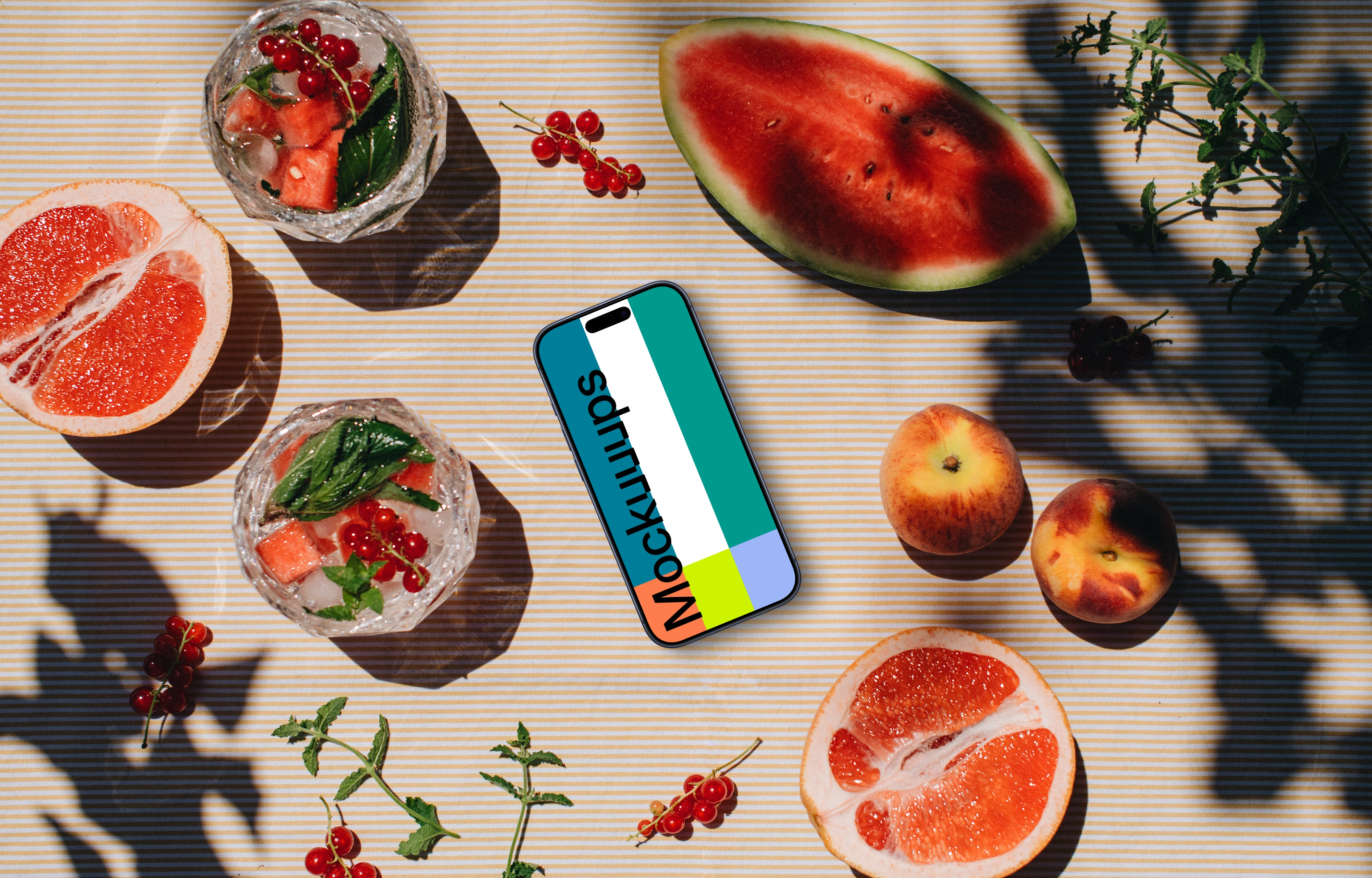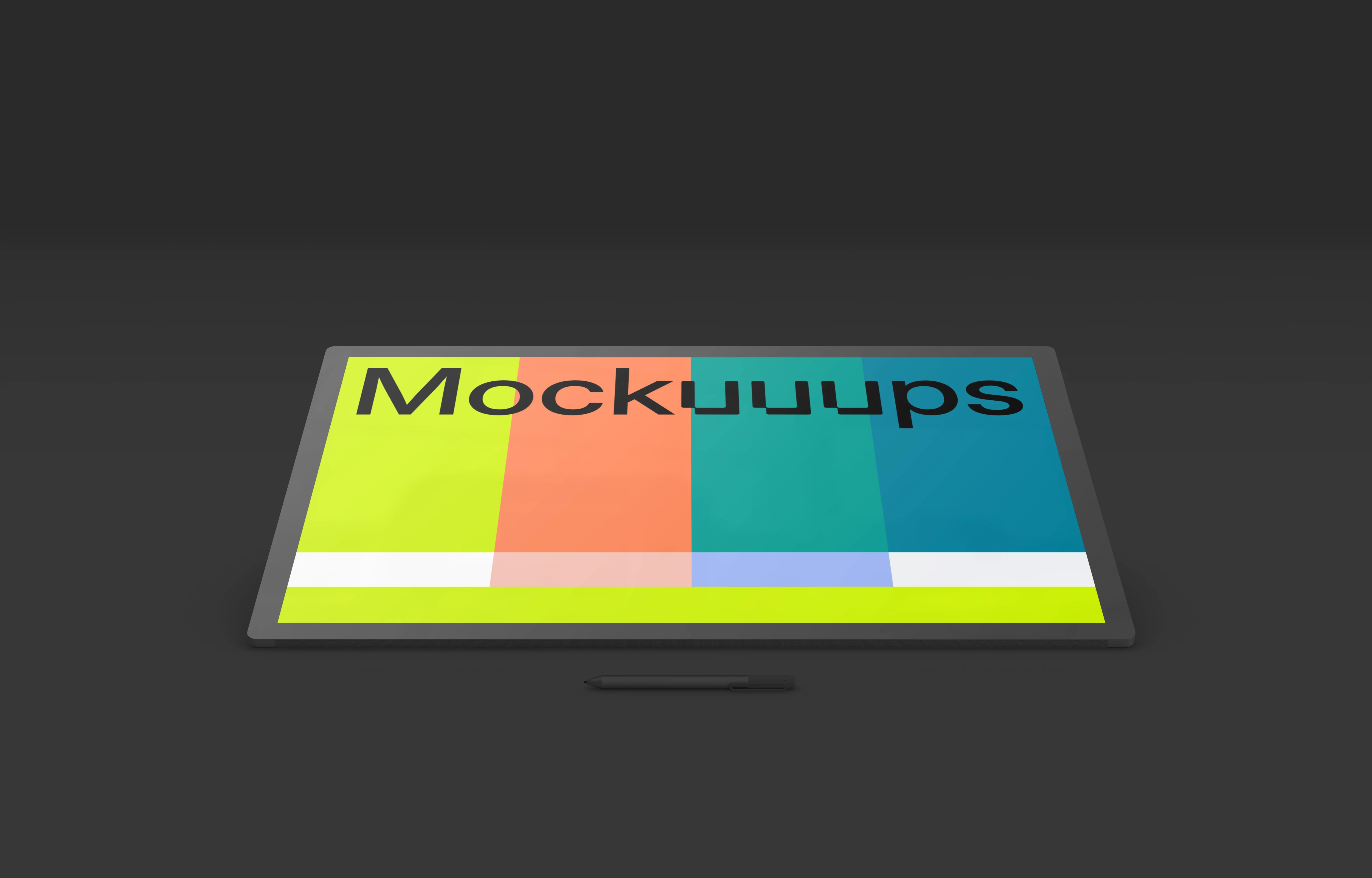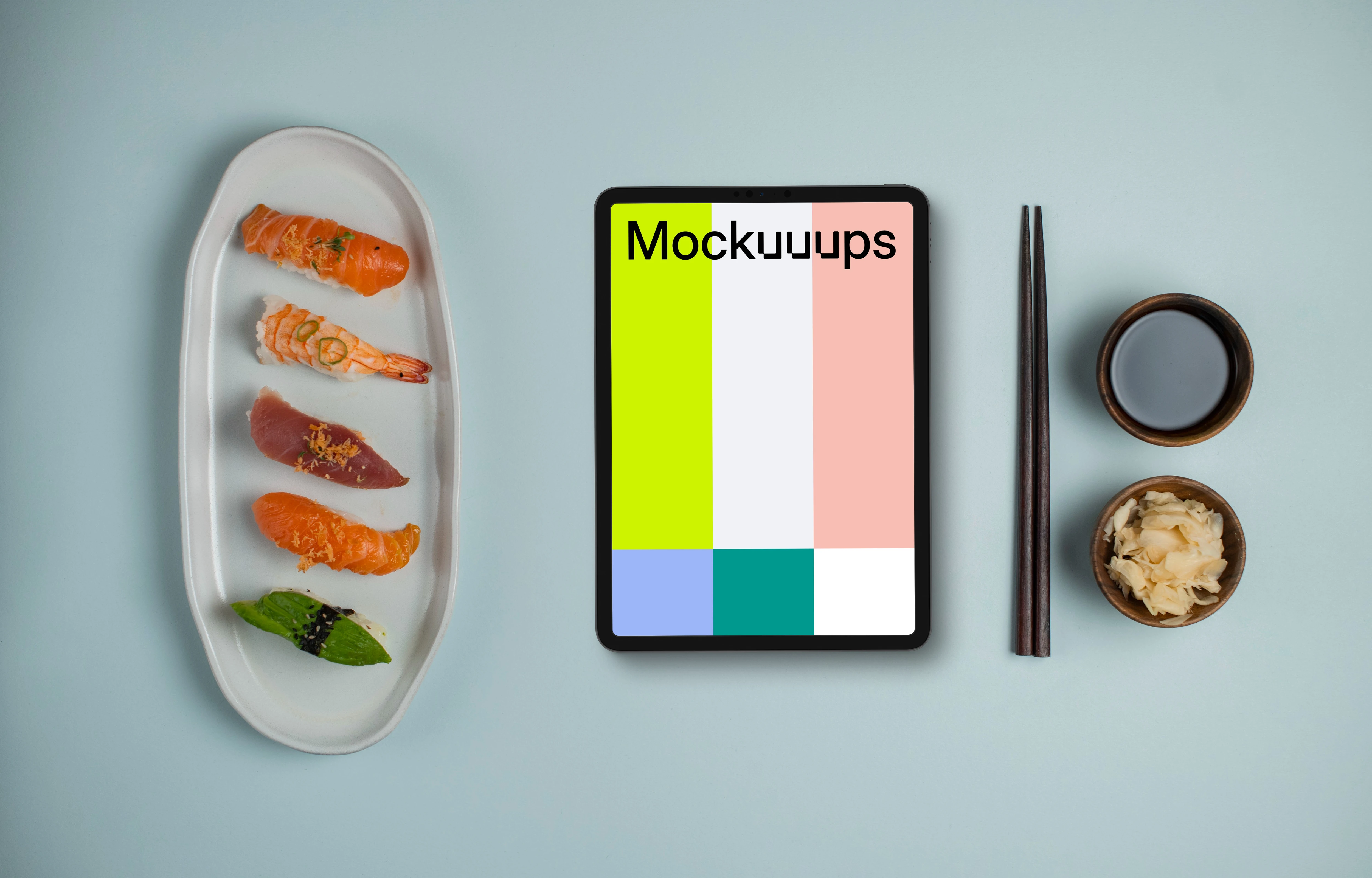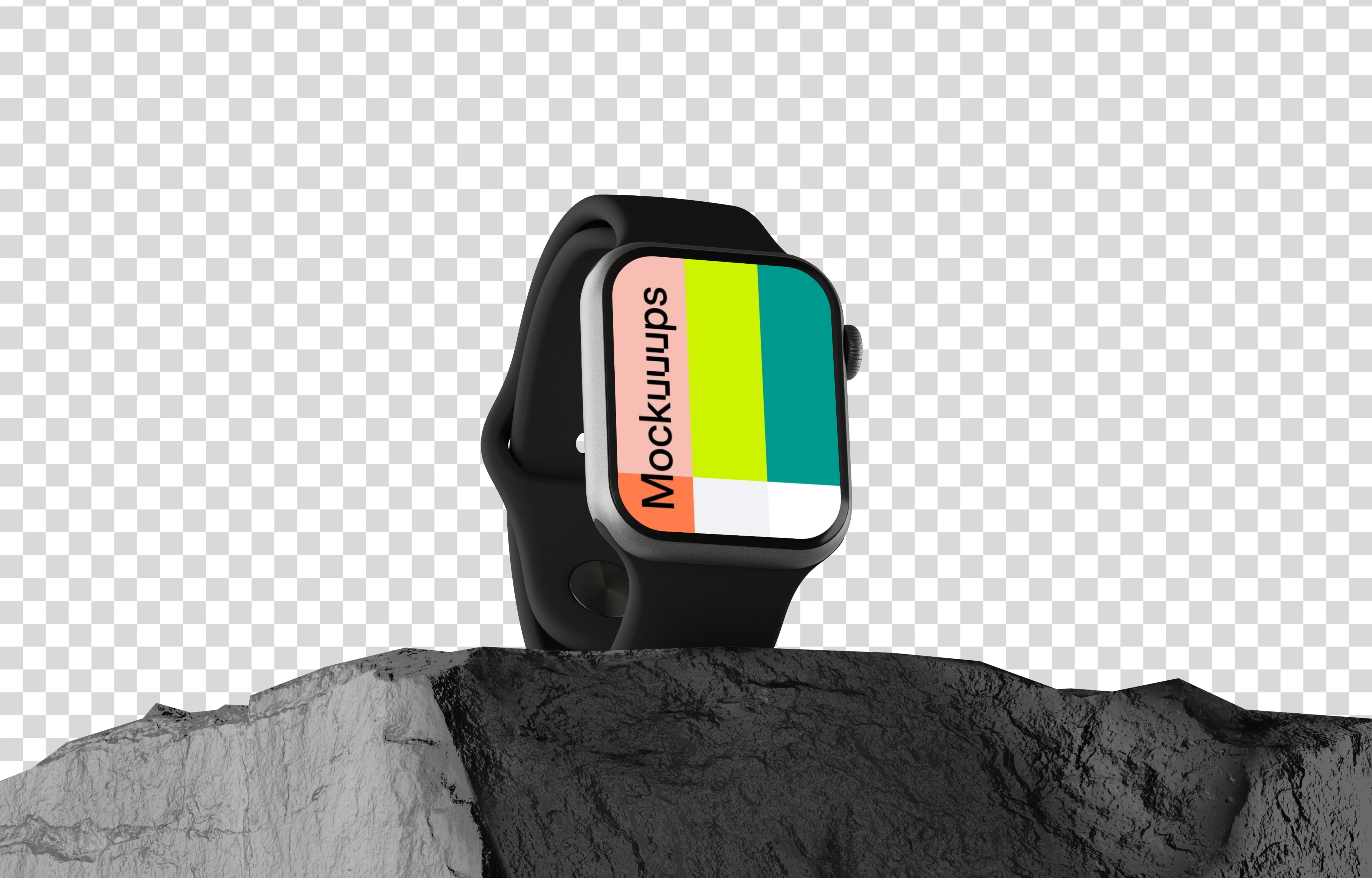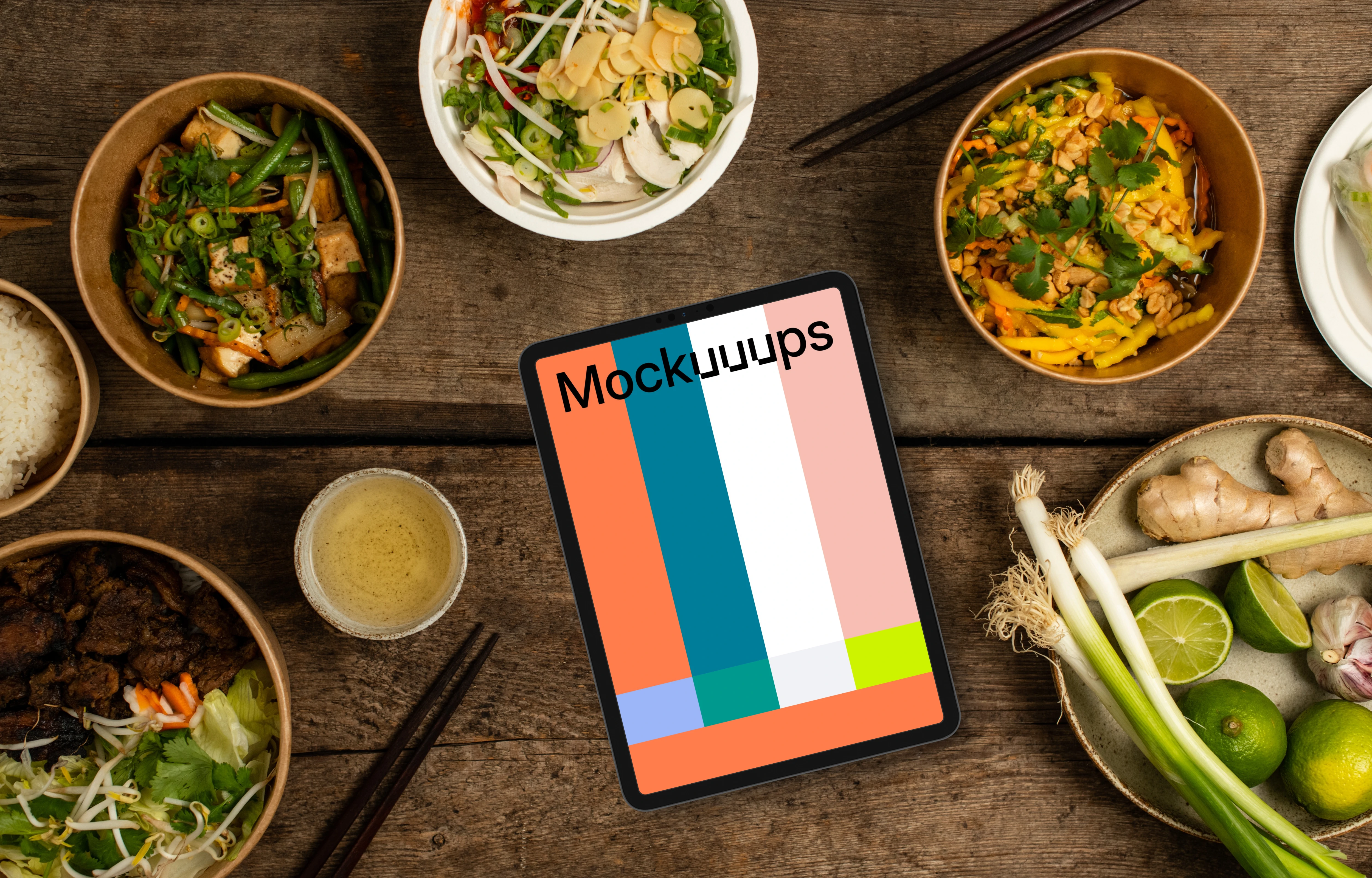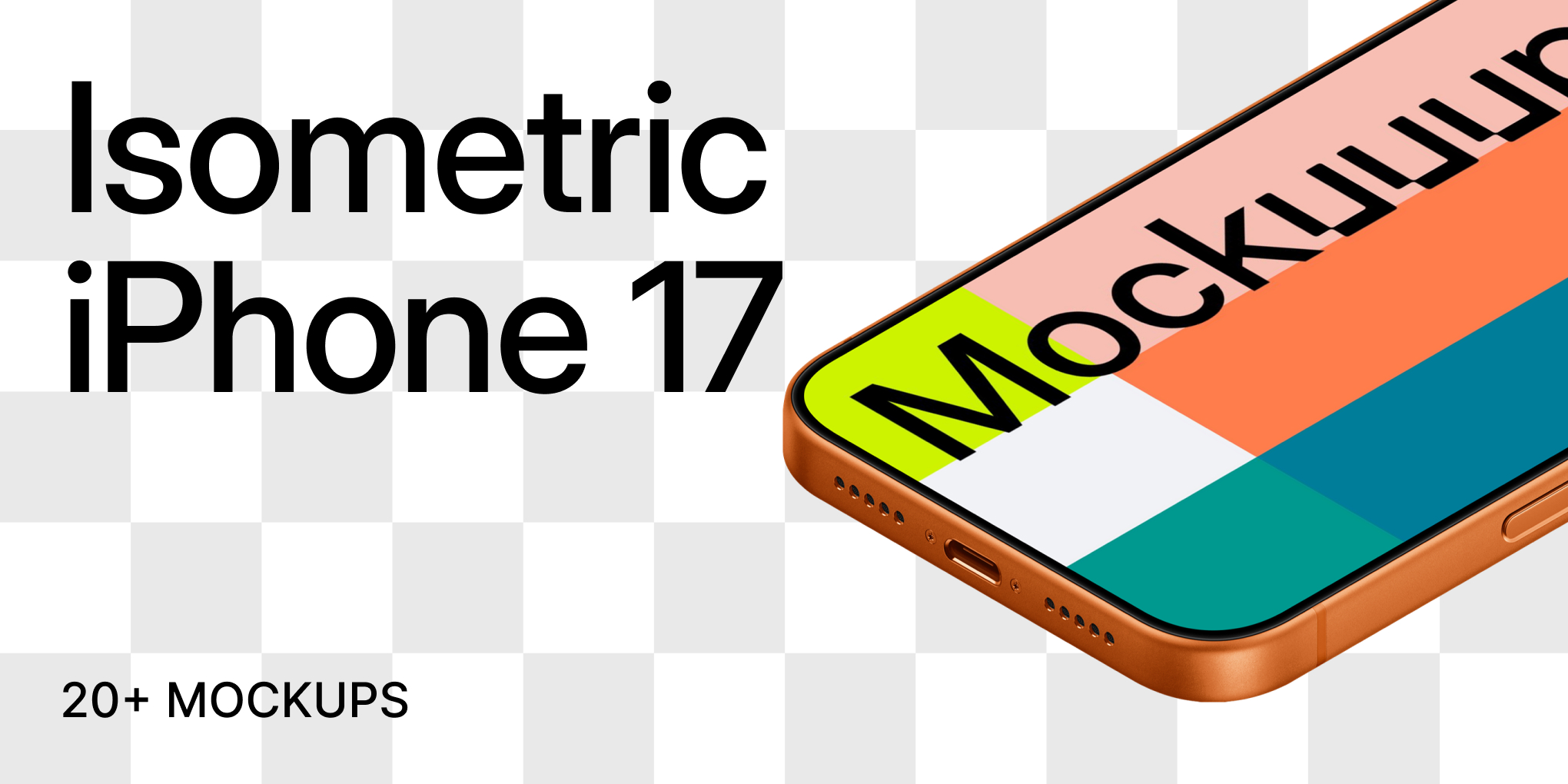The Customer's Always Right? Let's Talk UI/UX Reality
- Tips & Tricks,
- 9 minutes to read
"The customer is always right in matters of taste" - but does this apply to UI/UX design? Not exactly. While user preferences matter, blindly following them can lead to poor digital experiences. We'll explore how to balance user tastes with design expertise, decoding feedback and pushing innovation to create interfaces that both please users and solve real problems.
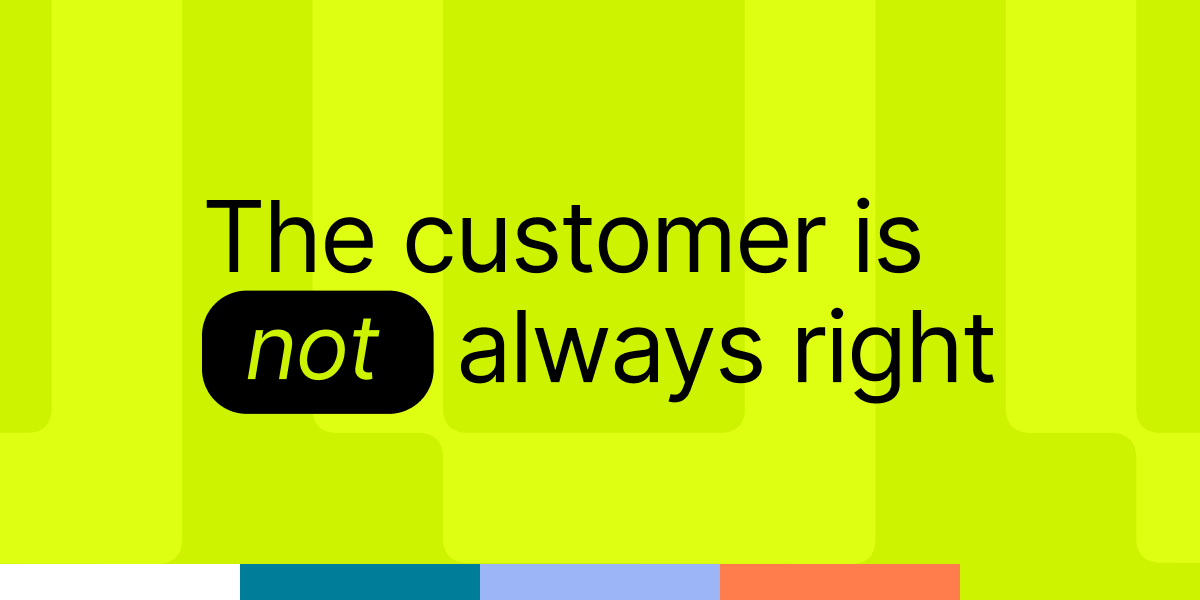
Ever found yourself in a design showdown, caught between what users are clamoring for and what your gut tells you is the right move? Or maybe you're new to the game, wondering if you should just roll with every user suggestion that comes your way? These scenarios all boil down to one central question: Is the Customer Always Right in Matters of Taste? Let's dig into this age-old puzzle and figure out how to navigate the choppy waters of user preferences and design expertise.
TL;DR:
User input is gold, but "the customer is always right" isn't the holy grail in UI/UX. We're diving into how to balance user tastes with design smarts, focusing on real needs, pro insights, and pushing the envelope. Spoiler alert: it's all about finding that sweet spot.
Table of Contents
- The Origin: More Than Just a Catchy Phrase
- From Stores to Screens: The UI/UX Twist
- Balancing Act: User Preferences vs. Design Expertise
- Real Talk: When Users Aren't Right (But Still Matter)
- The Future: AI, Machine Learning, and User Tastes.
- Wrapping It Up
- FAQ's
The Origin: More Than Just a Catchy Phrase
You've probably heard "the customer is always right" tossed around like confetti at a parade. But hold up – there's more to this story. Harry Gordon Selfridge, a retail hotshot from the early 1900s, actually dropped this gem: "The customer is always right in matters of taste." That little add-on? It's a game-changer.
Think about it. Selfridge wasn't handing over the keys to the kingdom. He was saying, "Hey, when it comes to personal preferences, let's respect that." But he wasn't suggesting we let customers run the whole show. Smart guy, that Selfridge.
From Stores to Screens: The UI/UX Twist
So how does this old-school retail wisdom fit into our digital playground? Here's the lowdown:
- User-centered ≠ User-dictated: We're not just taking orders here, folks. We're problem-solvers, not short-order cooks.
- Taste vs. Needs: What users like and what they actually need can be as different as chalk and cheese.
- The Expertise Gap: Users know their problems inside out, but they're not design ninjas. That's our job.
As we apply this concept to UI/UX, we must constantly ask ourselves: Is the Customer Always Right in Matters of Taste when it comes to digital experiences?
Balancing Act: User Preferences vs. Design Expertise
I once had a client who was dead set on cramming every single product they had onto their homepage. "That's what the customers want!" they insisted, eyes gleaming with the promise of sales. But we all know how that story ends – a digital yard sale that sends users running for the hills.
So how do we find that sweet spot? Here's my playbook:
Listen and Decode: Users might say they want a search bar the size of Texas, but what they really need is a way to find stuff without breaking a sweat. It's like being a design detective – look for the clues behind the requests.
Flex Your Design Muscles: That's why you're here, right? To create solutions that users haven't even dreamed of yet. It's like being a time traveler, bringing back ideas from a future where UX is king.
Test, Learn, Repeat: Don't just assume your brilliant idea will work. Get that design in front of real users and see what happens. It's like a dress rehearsal before the big show – you might be surprised at what needs tweaking.
Educate While You Create: Sometimes, users don't know what's possible. Show them. It's like being a magician, but instead of pulling rabbits out of hats, you're pulling amazing experiences out of pixels.
Stay Flexible: Be ready to pivot if something's not working. It's not about ego; it's about creating the best possible experience. Think of it as design yoga – stretch those ideas!
Real Talk: When Users Aren't Right (But Still Matter)
Let me spin you a yarn about the time Snapchat decided to flip its entire interface on its head back in 2018. Users weren't just unhappy – they were ready to storm the digital castle with pitchforks and torches. Even Kylie Jenner tweeted about it, and boom! $1.3 billion of Snap's market value vanished faster than a Snapchat message.
Snapchat had to backpedal faster than a circus clown on a unicycle, tweaking the design to appease the masses. The takeaway? Sometimes users are spot-on about their preferences, even if they can't articulate the why behind the what.
But here's the flip side: sometimes sticking to your guns pays off. Remember when Instagram changed its icon back in 2016? The internet lost its collective mind. Fast forward a bit, and now? It's just another icon in the sea of apps on your phone. Sometimes, you've got to weather the storm to reach calmer waters.
The Future: AI, Machine Learning, and User Tastes
Now, let's put on our future goggles for a sec. AI and machine learning are shaking things up like a snow globe, helping us understand user behavior in ways we never thought possible. It's like having a crystal ball, but one that runs on algorithms instead of magic.
But here's the kicker – these fancy tools are just that: tools. They're not a replacement for good old-fashioned design thinking. They can tell us what users do, but not always why they do it. It's like having a map without a compass – useful, but you still need to know how to navigate.
So how do we use these high-tech helpers without losing the human touch?
- Use AI to Spot Patterns: Let the machines crunch the numbers and find trends you might miss.
- Combine Data with Intuition: Take those AI insights and mix them with your design instincts. It's like being a chef – data is your ingredient, but you're the one creating the recipe.
- Test, Test, Test: Use AI to set up smarter A/B tests. It's like having a lab assistant who never sleeps.
Wrapping It Up: The User is Sometimes Right, Often Insightful, and Always Important
So what's the bottom line in this whole "customer is always right" debate? Users aren't always right, but they're always important. As a UI/UX designer, your job is to:
- Listen to what users say: Be all ears, but use those ears wisely.
- Understand what they really need: Read between the lines like a design psychic.
- Create solutions that go beyond their expectations: Be the Wayne Gretzky of design – skate to where the puck is going, not where it's been.
It's not about blindly following or stubbornly ignoring user preferences. It's about using those preferences as a launchpad for awesome design that solves real problems. Think of it as being a design DJ – you're mixing user input with your expertise to create a hit that gets everyone on the dance floor.
FAQ's
Q: How does the principle "Is the Customer Always Right in Matters of Taste?" apply to UI/UX design specifically?
A: In UI/UX, this principle reminds us to value user preferences, especially for aesthetic choices. However, it doesn't mean blindly following every user suggestion. Instead, it's about balancing user tastes with usability principles, accessibility standards, and your professional expertise to create the best possible user experience.Q: Should I always implement user feedback in my designs? A: Not always. Use feedback as insight, not as a to-do list. Your job is to solve problems, not just check off boxes. Think of feedback as ingredients – use what enhances the dish, not everything in the pantry.
Q: How do I balance user preferences with design best practices? A: Start with user needs, apply design principles, then tweak based on preferences. It's a mix, not an either/or situation. Like making a smoothie – you need the right blend of ingredients. Check out Nielsen Norman Group's article on balancing user needs and business goals for more insights.
Q: What if users hate a design change that I know is better long-term? A: Stand your ground if you're confident, but explain the benefits clearly. Users often come around if they understand the 'why'. It's like introducing a new food to a picky eater – sometimes it takes time and explanation.
Q: How important is user testing in the design process?
A: Super important. It's the reality check every design needs. But remember, test results are insights, not commandments. Think of it as a dress rehearsal – crucial, but you still might tweak things before opening night.Q: Can AI replace human decision-making in UI/UX design?
A: Not entirely. AI is great for analysis and prediction, but human creativity and empathy are still key in design. It's like having a super-smart assistant – helpful, but you're still the boss.
By blending user preferences with your design expertise, backed by data and industry best practices, you'll be well-equipped to create user interfaces that are not just visually appealing, but truly user-friendly and effective.
Remember, at the end of the day, good UI/UX design is about creating a balance – between what users say they want, what they actually need, and what you as a designer know will work best. It's a challenging tightrope to walk, but when you nail it, the results can be absolutely game-changing.
So go forth, listen to your users, trust your expertise, and create designs that make a real difference. After all, isn't that why we got into this field in the first place?
Want to dive deeper into UI/UX design? Check out our guide on the best books for UX design beginners to expand your knowledge. Looking to sharpen your skills? Learn how to improve your UI/UX skills with our practical tips. And when it's time to show off your work, don't miss our article on how to present web design mockups to clients for a smooth and impressive presentation.
